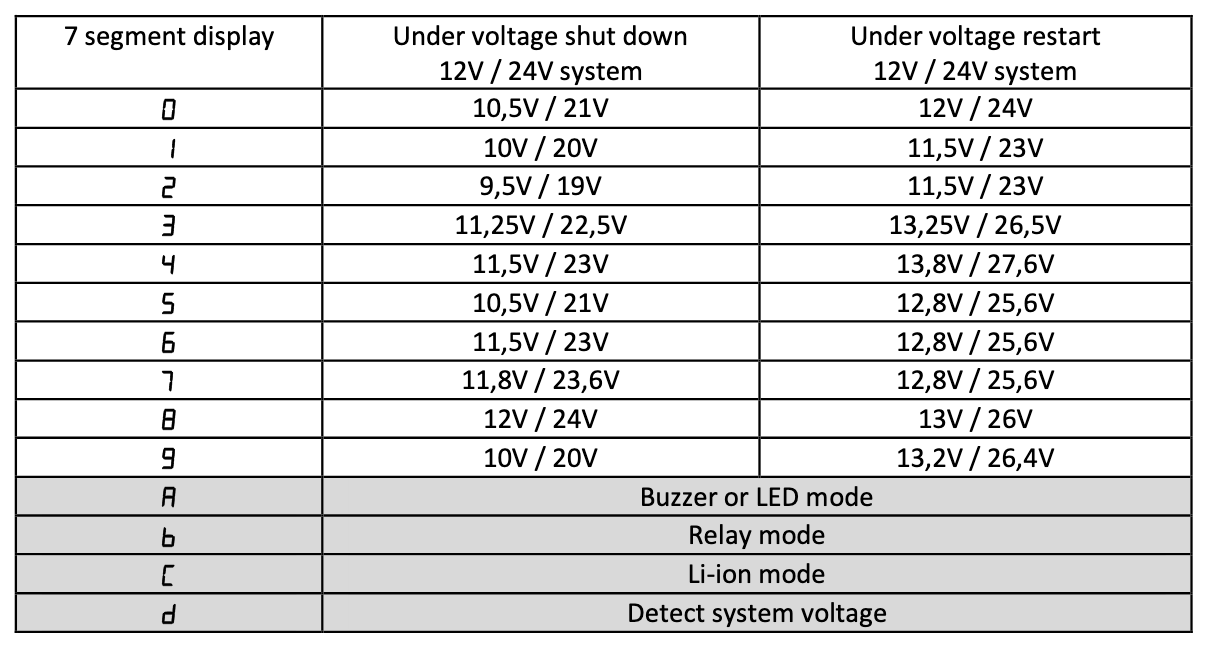battery protect
Luke B
Will OBrien
Casey
Dacian Todea
Luke B
Casey

Dave McCampbell
Dave McCampbell
Dacian Todea
Peter Kuczynski
Dacian Todea
Peter Kuczynski
John A
Dave McCampbell
Dave McCampbell
Just yesterday after several days of working on it and the multiple earlier posts, I finally got my two 100a Victron Battery Protects working with my SBMS0. I found the Battery Protect instructions very misleading for anything other than a Victron installation. Below, all in one place, is what I found required for BP installation with the SBMS0:
-Mount the BP such that the current coming in is wired to the big IN post on the top of the BP. So Batt+ to IN for a load circuit, PV+/alt+/etc to IN for any charging circuit. Then my BP OUT post wiring goes to the separate load and charge busses.
-Program the BP to C for Lithium. In this mode voltage or SOC disconnect control of the BP goes to the SBMS0 and its settings. Whatever voltage setting you program on the BP is inactive, so no need to do anything with that. Also, the alarm output is inactive.
-Wire the provided black ground wire on BP pin 1.2 to a Batt- that is always active.
-Wire the BP 2.1 pin to whichever SBMS0 EXTIOx- connection is appropriate for its use. Use an appropriate Type setting. I am using them to separately disconnect my load and charge busses at SBMS0 Over and Under Voltage Lock.
-Wire EXTIOx+ with appropriate resistor to Batt+. I used a 670 ohm resistor. The Batt+ must be active before you can activate the BP. I wired it to the IN terminal on the BP.
Now both the battery Protects are done and working, so on to other relays.
Helles Helles
Dacian Todea
What they refereed as H in the past is now the Remote and what they refereed as L in the past is Remote+ (you can see where you get the confusion as L should stand for Low and H for High).


